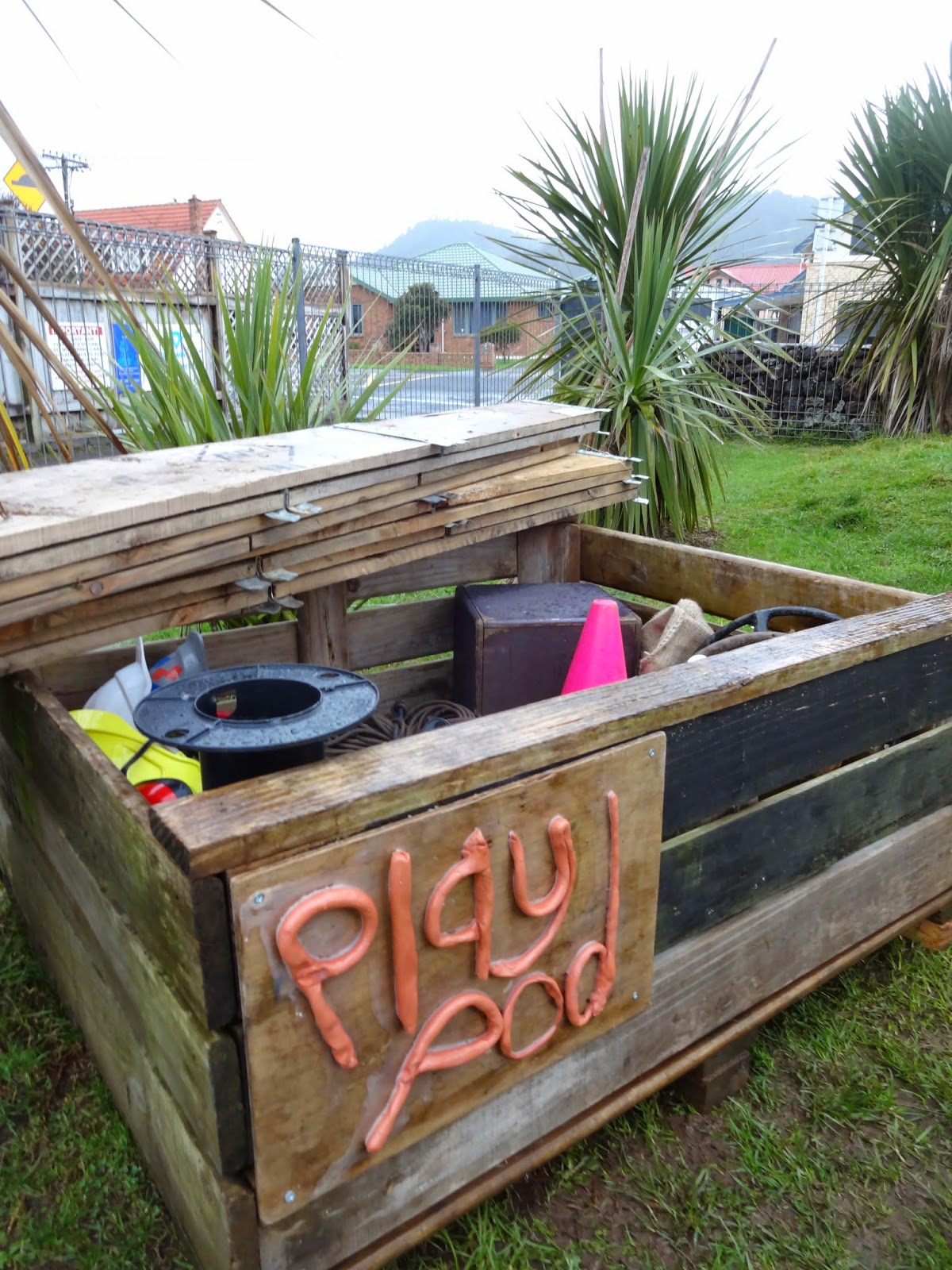Almost a year ago Christine, Susie and I attended a
thought-provoking presentation facilitated by International Play Advisor
(Outdoor Play and Learning: OPAL) and Play England trustee, Michael Follet. Michael
has a vision to improve all aspects of children’s play opportunities and is an
advocate for creating the ‘best conditions’ for children to be engaged in open
ended, creative play.
If you ever have the opportunity to hear Michael speak, seize the moment, he is knowledgeable, witty and most importantly passionate about his work and vision. His presentation was a steely reminder of our role as teachers (and parents) to protect and promote the value of play as a vehicle for learning. Whilst many topics were discussed and covered in his workshop one that totally piqued my interest was his introduction to ‘Playpods‘ in Primary Schools.
Playpods are basically shipping containers FULL of recycled
objects and materials that children can use and manipulate for the purpose of
their play. At kindergarten (as in many places) we often refer to these open ended
objects as ‘Loose parts’.
“Loose parts can be moved,
carried, combined, redesigned, lined up, taken apart and put back together" (Surrey
County Council, 2012)
“Loose parts are flexible elements within a play environment. They are the fuel which feeds the fire of children’s imaginations and playful intentions” (OPAL, 2014)
Loose parts have always been viewed and loved as a necessary
resource in our programme however, as I sat in Michael’s presentation I started
to visualise and ponder what might evolve in our children's play if we created a designated play space (or our interpretation of a Playpod) for some of our loose parts at kindergarten.
It was time for some team planning!
Our Playpod is an un-used avocado bin and is housed on our grass area. The loose parts provided have been chosen by the team after a brain storming session on objects that we know and felt would further support children’s creative thinking. Our objective with the Playpod was to offer a mix of new and already favoured materials and in keeping with the theory of loose parts, we would offer lots of the same items.
“The greater the diversity of loose parts offered to children, the greater the range of play interactions. These interactions enable open ended exploration through play leading to learning by doing” (The children’s scrapstore, 2014).
On the 9th of September our Playpod was ‘officially opened’, this was an exciting morning for children and teachers alike; we were really excited to observe how the children would choose to explore and interact with this new space and the tamariki were in full resourceful thinking mode!


“When children have opportuniites to play with ideas in
different situations and with a variety of resources, they discover connections
and come to new and better understanding and ways of doing things” (Surrey
County Council, 2012)
We are now five weeks down the track of having a Playpod in our playscape. As envisaged, this wonderful edition to the children’s choices for self-directed play has been a hub of activity.

As PlayEngland (2014) states “the capacity and ability of children’s play is inexhaustible” this giant box of treasures promotes creativity, critical thinking, collaboration, sustained engagement and supports our children’s schema’s. We just love it!
See you in term four!
Nga mihi nui
Kim
Kim













Fantastic! Loving the playpod, it's an awesome concept and I reckon the kids are really lucky to be given the opportunity to explore and create with all those wonderful resources.
ReplyDeleteMelissa
Great concept as a playpod - I look forward to seeing it in action sometime. Beverly
ReplyDeleteThanks for sharing this! I've been looking at play pods in the UK, but this smaller version is perfect for smaller groups.
ReplyDelete